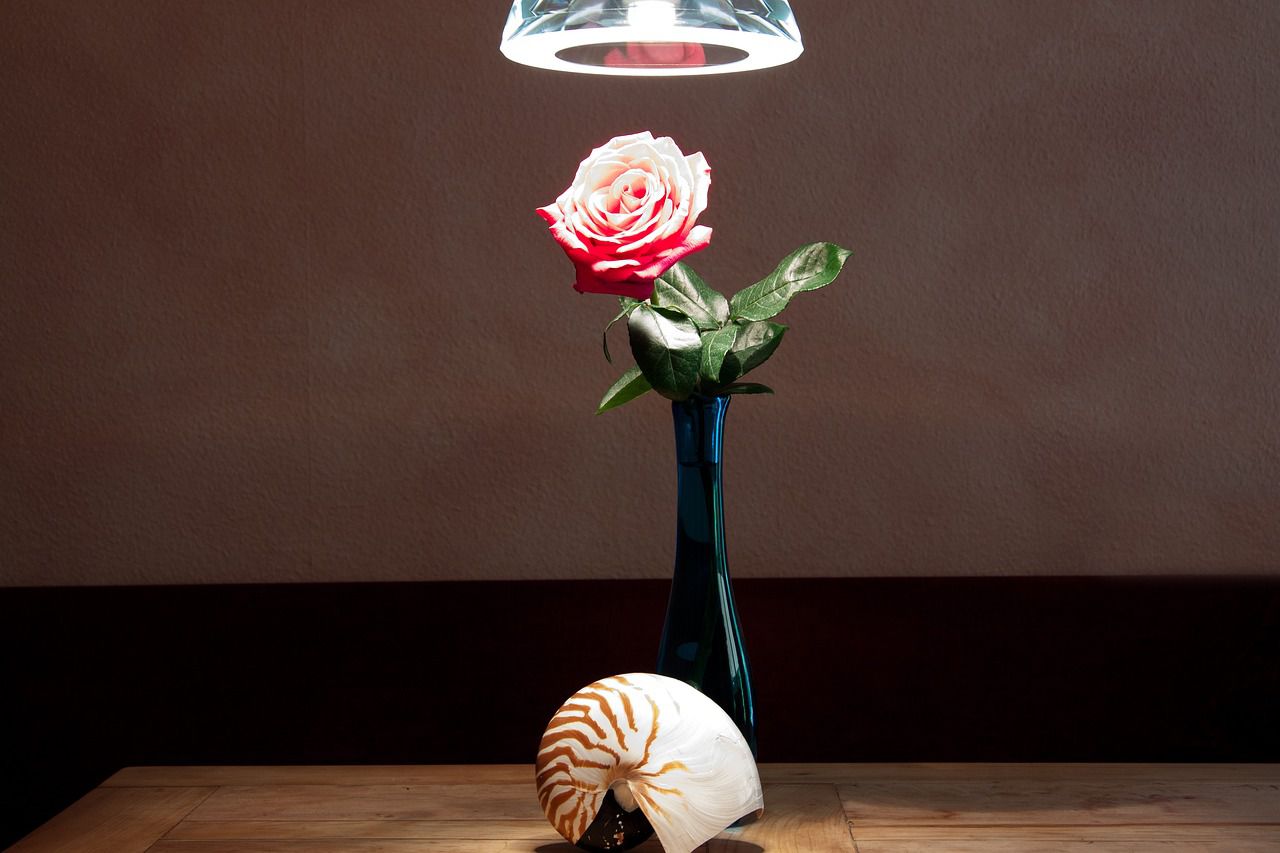You don't have to use standard lighting options only - pendant lamps can make your interior so much more visually interesting!
Using pendant lamps to decorate your house can offer numerous advantages and enhance the overall aesthetic appeal of your space.
Here are several reasons why pendant lamps are a popular choice for home decor.

Task-oriented lighting
Pendant lamps can be strategically placed to provide focused illumination for specific tasks or areas in your home.
For example, pendant lamps can be hung above kitchen islands or dining tables to provide adequate lighting for food preparation or dining.
Their downward illumination ensures that light is concentrated where it's needed, making them practical and functional lighting options.
Ambience and mood setting
Pendant lamps can create a warm and inviting atmosphere in your living spaces.
The design of the pendant, along with the type of bulb and shade used, can help control the intensity and color temperature of the light emitted.
This allows you to customize the ambience and set the desired mood in different areas of your home, such as using dimmable pendant lamps for a cozy and relaxed evening setting.
Decorative statement
Pendant lamps can serve as eye-catching decorative elements, adding visual interest and personality to a room.
Pendant lamps come in various sizes and styles, making them versatile enough to match your existing decor or serve as statement pieces on their own.
Height and scale control
Pendant lamps offer the advantage of adjustable height, allowing you to control the positioning and scale of the lighting fixture.
This flexibility enables you to customize the lighting arrangement and achieve a balanced and harmonious look in your space.












